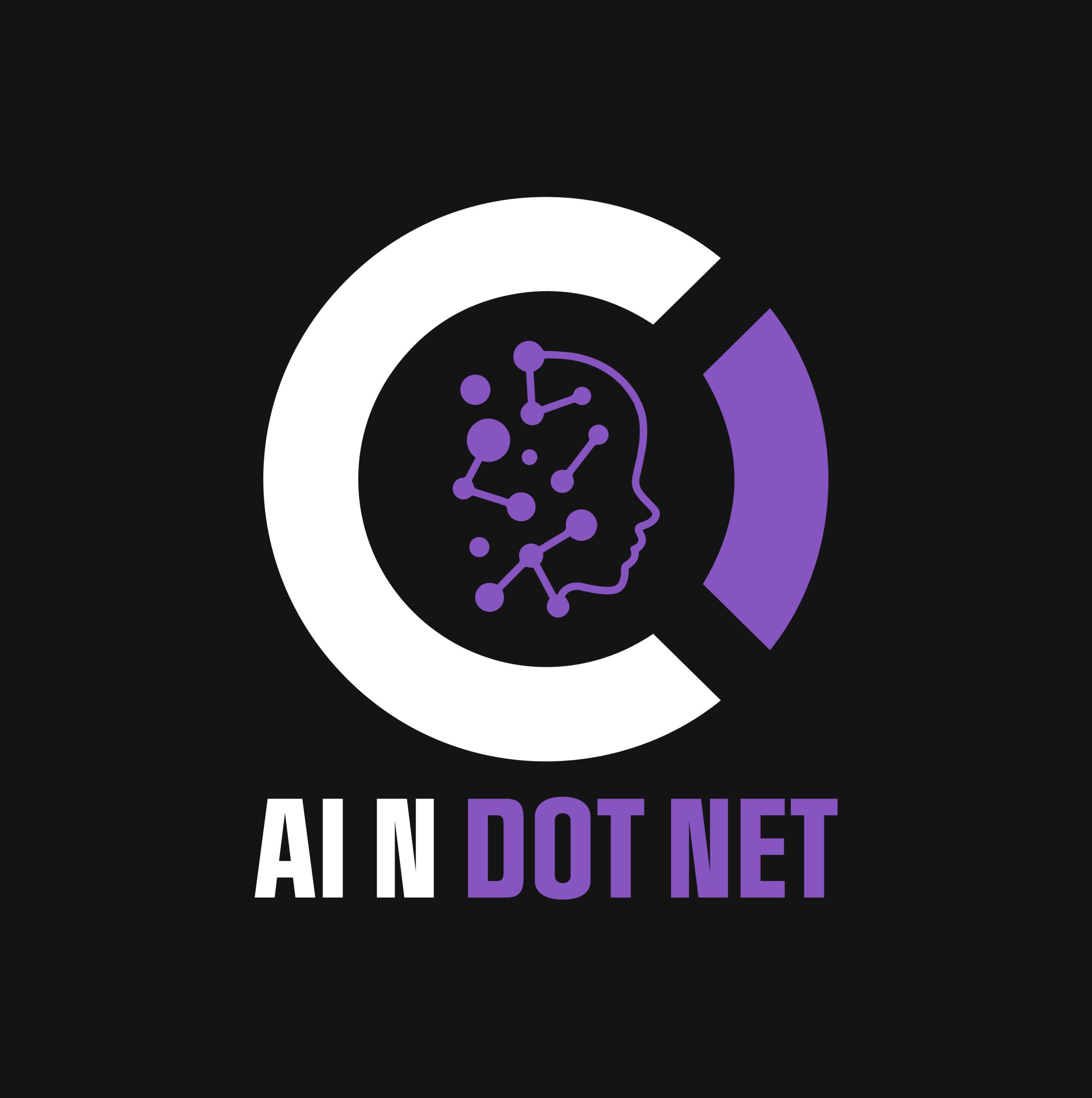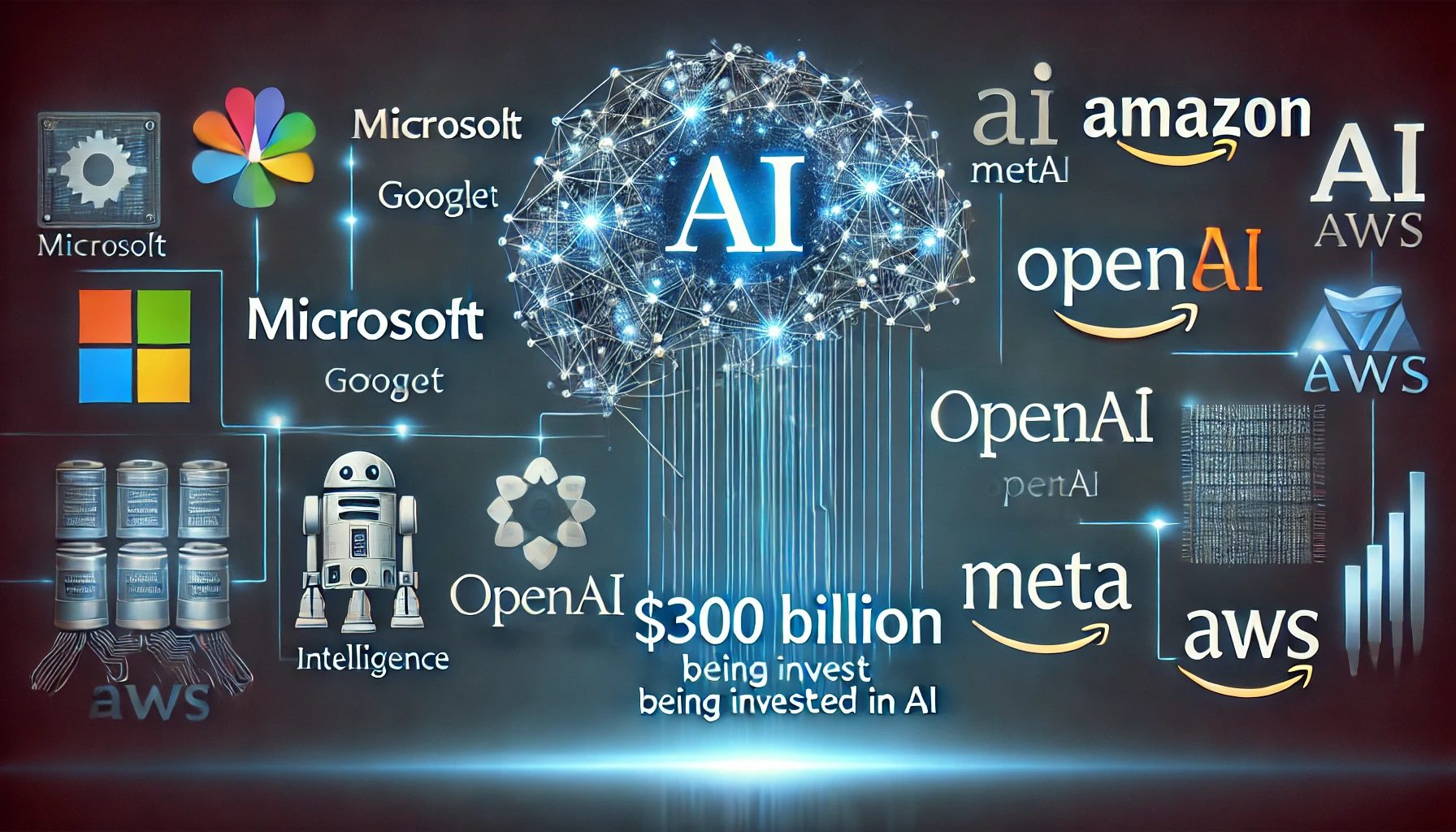Introduction
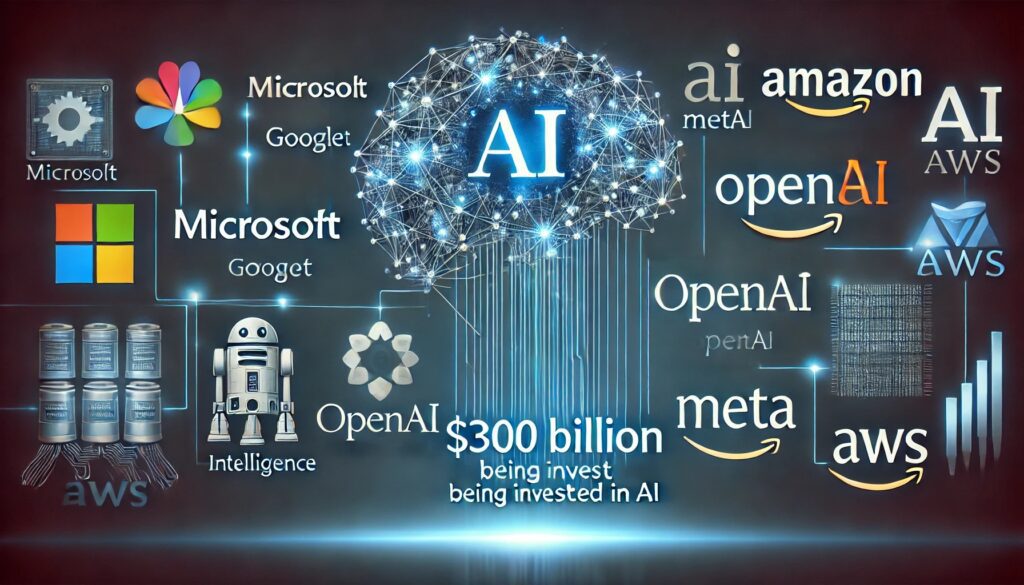
Artificial intelligence is evolving at an unprecedented pace, with tech giants collectively investing over $300 billion in AI research in 2025 alone, as highlighted in a recent CNBC article. These massive investments primarily fuel theoretical AI research—advancing deep learning architectures, reinforcement learning, and foundational AI models.
However, while these breakthroughs push the boundaries of AI, they remain largely abstract until they are transformed into practical tools. That’s where we come in.
Our focus is applied AI research within the .NET ecosystem, serving medium to large businesses and government entities. By closely tracking advancements from companies like Microsoft, OpenAI, Google, Meta, and AWS, we identify emerging AI technologies and integrate them into real-world applications using tools like ML.NET, Semantic Kernel, and Azure AI.
In this article, we’ll explore how these theoretical innovations fuel applied AI development and how businesses can benefit from leveraging AI breakthroughs in .NET.
The AI Investment Race: Insights from Tech Megacaps
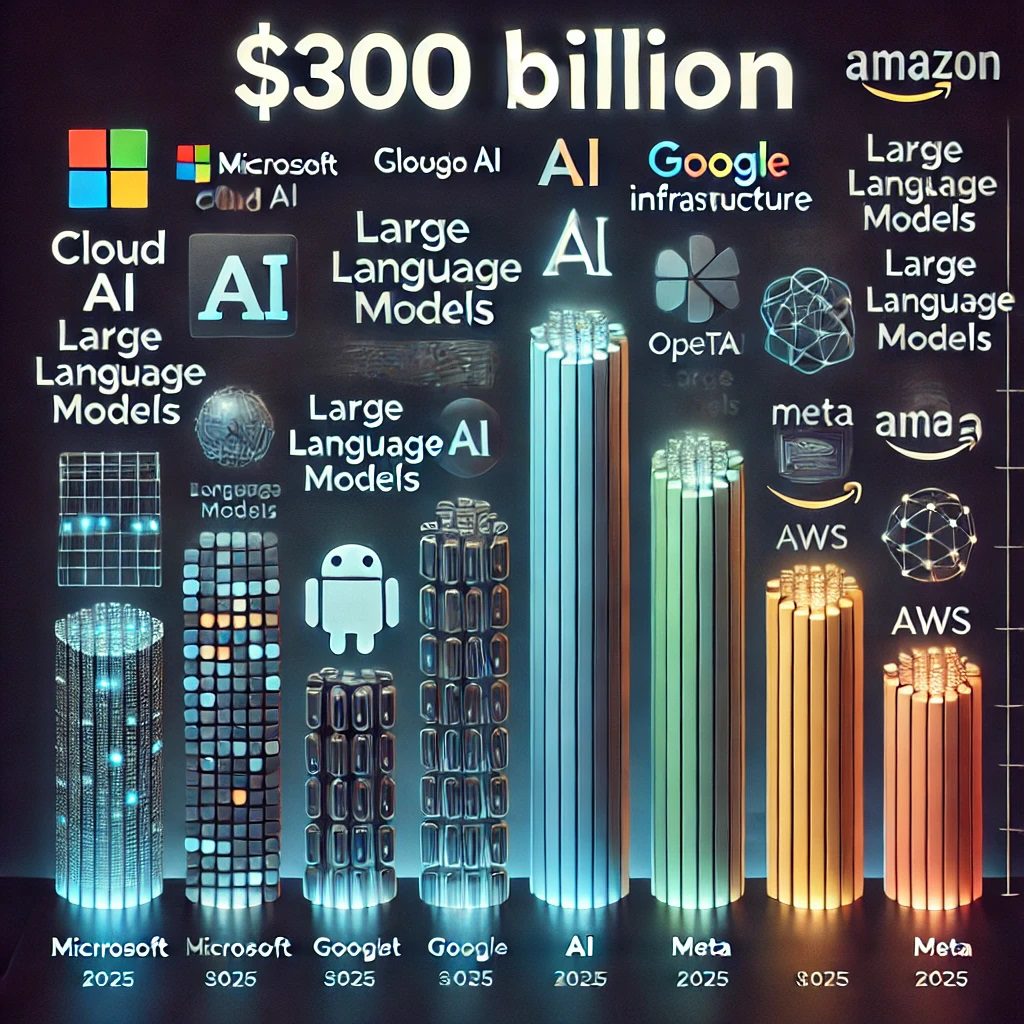
The recent CNBC report underscores the massive scale at which tech megacaps are investing in AI. With commitments surpassing $300 billion in 2025, these industry leaders are shaping the future of AI by funding:
✅ Fundamental AI Research – Exploring new neural architectures, generative AI, and self-improving algorithms.
✅ Computing Power & Infrastructure – Building advanced AI data centers and cloud computing frameworks.
✅ AI Models & Frameworks – Developing large language models (LLMs) like GPT, Gemini, and Claude.
Why This Matters for Applied AI Research
While much of this funding is dedicated to high-level AI research, the ripple effects are enormous. These breakthroughs fuel the tools we use daily—ML.NET, AI SDKs, and cloud-based AI services.
For applied AI researchers in .NET, staying informed is not optional—it’s a necessity. The ability to integrate new AI capabilities early can mean the difference between building innovative, scalable solutions or getting left behind.
The Intersection of Theoretical and Applied AI
The gap between theoretical AI and applied AI is where real innovation happens.
Bridging the Gap
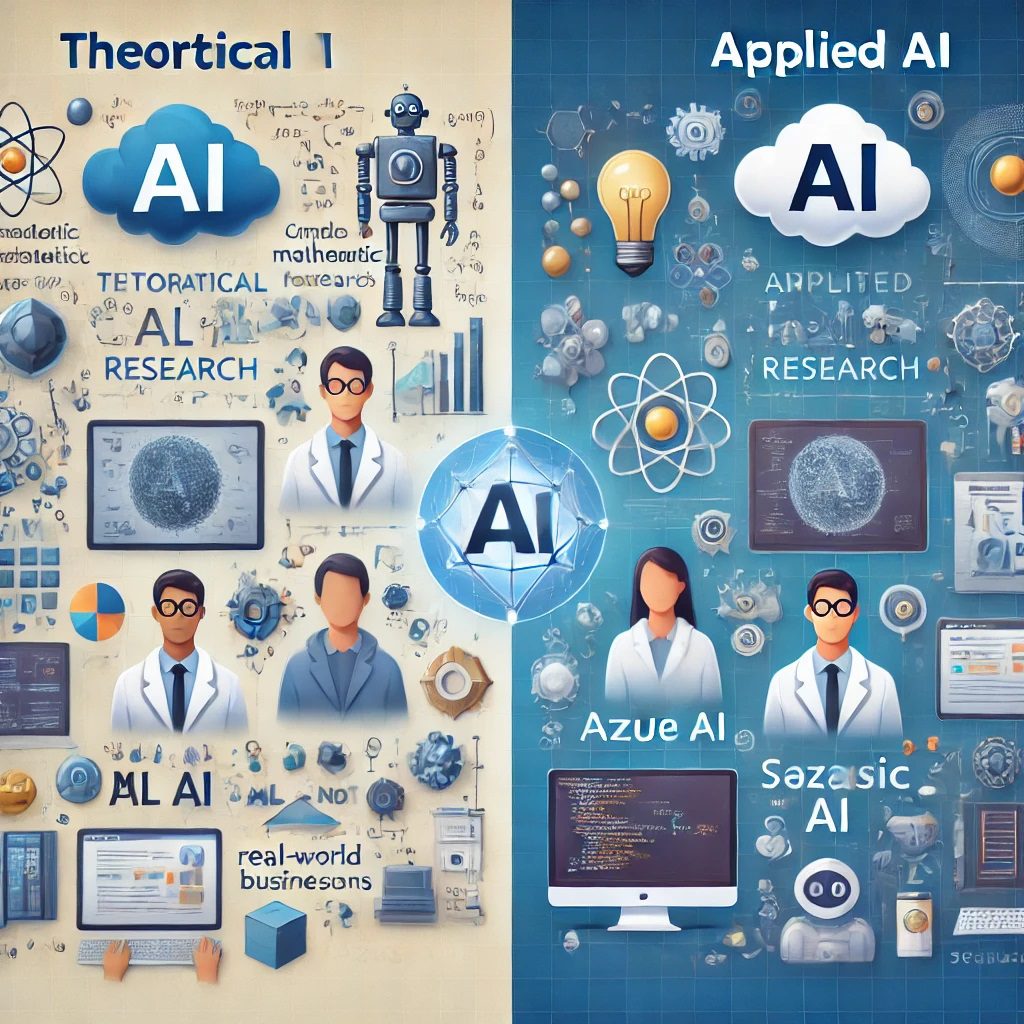
Take transformers, for example. Initially a theoretical breakthrough in deep learning, they now power real-world applications like ChatGPT, Copilot, and intelligent document processing. Tools like ML.NET and Semantic Kernel integrate these advancements into .NET applications, enabling businesses to build powerful AI-driven solutions.
How Applied AI Benefits from Theoretical Research
- Theoretical AI creates new algorithms and architectures.
- Applied AI integrates these breakthroughs into business applications.
- The feedback from real-world applications fuels further research, creating a continuous innovation loop.
By tracking new AI research, we stay ahead of the curve, ensuring that we leverage cutting-edge AI capabilities as soon as they become available.
Applied AI Research in .NET: Our Approach
Transforming Theoretical AI into Business Solutions

At our core, we focus on making AI practical, scalable, and cost-effective for real-world use cases. We integrate AI advancements into the .NET ecosystem, ensuring that businesses can adopt AI without disrupting existing systems.
How We Apply AI in .NET
✅ ML.NET & Semantic Kernel – Making AI accessible to .NET developers.
✅ Azure AI, AWS AI, Google AI SDKs – Leveraging cloud-based AI models.
✅ NLP & Machine Learning Pipelines – Building AI solutions for industries like finance, healthcare, and logistics.
Case Study: AI-Powered Sentiment Analysis
Recently, we developed a sentiment analysis engine for a franchise network, using ML.NET and Azure AI to analyze customer feedback and predict trends. By applying theoretical AI advancements, we transformed raw data into actionable business insights.
The Value of Continuous Learning
Our approach is iterative—we continuously test, refine, and deploy AI models while evaluating new research to improve performance and scalability.
By leveraging theoretical AI innovations efficiently and strategically, we ensure that businesses in the .NET ecosystem get the best of AI—without unnecessary complexity or risk.
Looking Ahead: Future Synergies Between Theory and Practice
What’s Next in AI?
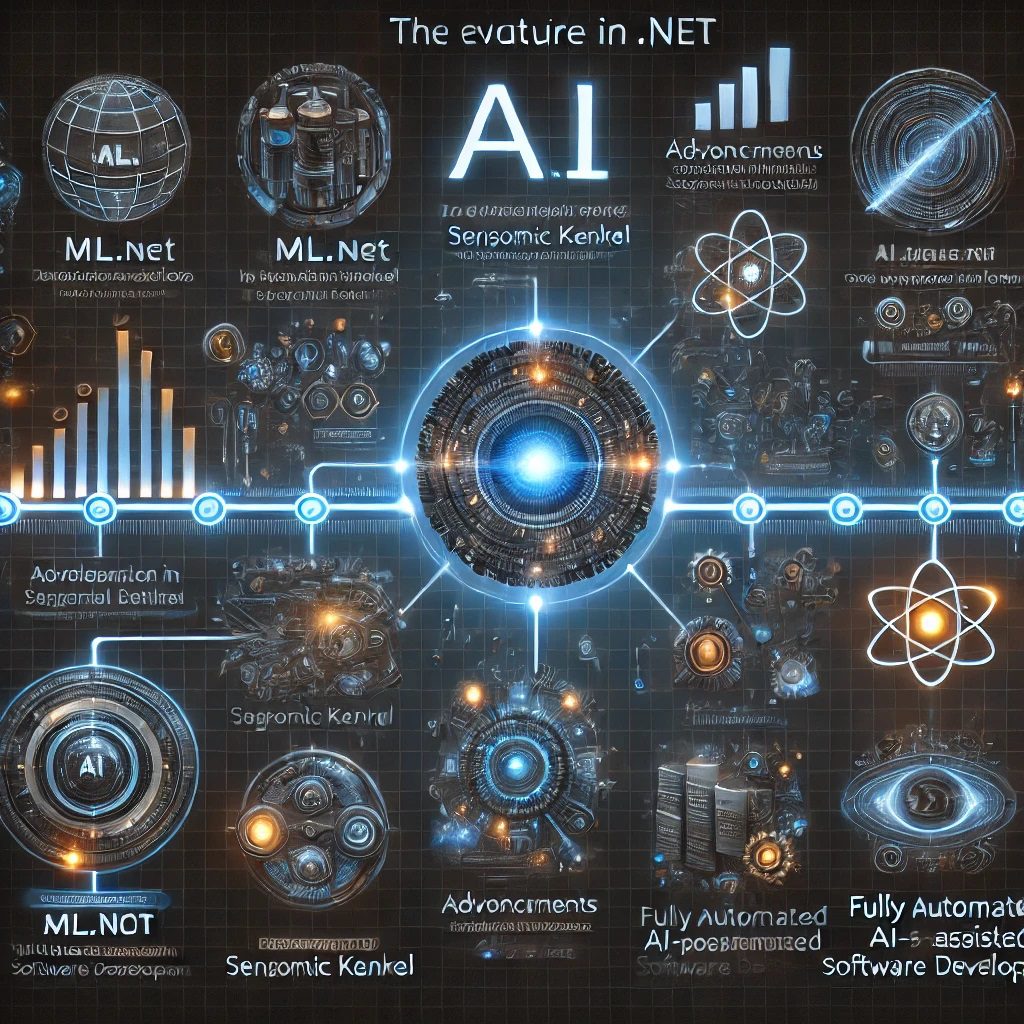
The AI landscape is evolving faster than ever, and applied AI researchers must anticipate and adapt to emerging trends.
💡 Self-learning AI models – More adaptive, dynamic, and scalable solutions.
💡 AI-assisted development – AI-powered coding assistants streamlining workflows.
💡 Next-gen AI frameworks in .NET – Expanding ML.NET and integrating Azure AI advancements.
The Future of Applied AI in .NET
Microsoft and its partners are investing heavily in AI research, and we expect to see:
- Enhanced ML.NET capabilities with built-in LLM integrations.
- More powerful Semantic Kernel features for real-world generative AI applications.
- Seamless AI adoption across businesses through cloud-based SDKs.
By staying at the forefront of AI research, we ensure that businesses in the .NET ecosystem don’t just follow trends—they set them.
Conclusion
The $300 billion AI investment by tech megacaps underscores the growing importance of AI research. While their focus is largely theoretical, their breakthroughs shape the tools and frameworks that power applied AI solutions in .NET.
By bridging the gap between theory and practice, we:
✅ Turn AI research into practical, business-ready solutions.
✅ Leverage cutting-edge AI tools within the .NET ecosystem.
✅ Ensure that AI adoption is cost-effective, scalable, and efficient.
The AI revolution is not just for big tech—it’s for businesses that know how to apply AI strategically. By staying informed and proactive, we help companies harness the power of AI today, not years from now.
Want to stay ahead in applied AI?
Subscribe to our free newsletter for expert insights, AI trends, and practical implementation strategies for .NET professionals.
📑 Access Free AI Resources:
- Download our free AI whitepapers to explore cutting-edge AI applications in business.
- Check out our AI infographics for quick, digestible AI insights.
- 📖 Explore my books on AI and .NET to dive deeper into AI-driven development.
References
🔗 CNBC: Tech Megacaps to Spend More Than $300 Billion in 2025 to Win in AI
Disclaimer
We are fully aware that these images contain misspelled words and inaccuracies. This is intentional.
These images were generated using AI, and we’ve included them as a reminder to always verify AI-generated content. Generative AI tools—whether for images, text, or code—are powerful but not perfect. They often produce incorrect details, including factual errors, hallucinated information, and spelling mistakes.
Our goal is to demonstrate that AI is a tool, not a substitute for critical thinking. Whether you’re using AI for research, content creation, or business applications, it’s crucial to review, refine, and fact-check everything before accepting it as accurate.
Lesson: Always double-check AI-generated outputs—because AI doesn’t know when it’s wrong! 🚀
